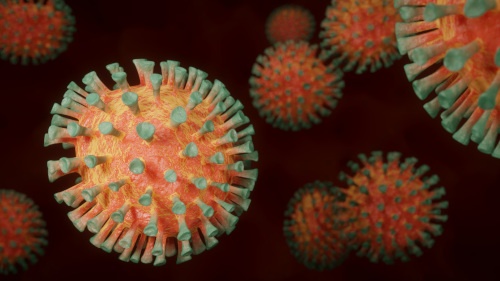
California’s Department of Industrial Relations Issues the 2022 Supplemental Paid Sick Leave Model Notice and Frequently Asked Questions
California’s new statewide supplemental paid sick leave (SPSL) law, SB 114, went into effect on February 19, 2022. SB 114 required the State’s Labor Commissioner to issue a “model notice,” which employers must then post in the workplace or, if an employer’s employees do not frequent a workplace, the employer must distribute the notice electronically (such as by email). On February 16th, the Labor Commissioner issued the new model notice, which is available here.
In addition, on February 18th, the State’s Department of Industrial Relations issued Frequently Asked Questions (FAQs) regarding SB 114, which can be viewed here and which offer additional clarification for employers as they seek to implement the new SPSL requirements.
For example, FAQ No. 21 clarifies that there is no particular type of COVID-19 test that an employee must utilize in order to qualify for SPSL based on having a positive test result. Rather, an employee may take an over-the-counter rapid test (antigen) or a test that is administered at a testing facility. The law does not specify that any particular type of COVID-19 test must be used, and does not place conditions on how the test must be administered in order to qualify for SPSL leave. That said, tests made available to employees by the employer pursuant to the Cal OSHA ETS may not be both self-administered and self-read, unless observed by the employer, such as by FaceTime or Zoom.
Further, FAQ No. 22 clarifies that any diagnostic COVID-19 test an employer requires an employee to take on or after their 5thday of infection must be made available to the employee at no cost, meaning that the employer must ensure the employee has a rapid test “in hand” or has secured an appointment at a testing facility for the employee. A test has not been “made available” by the employer as required, if it has not been “received” by the employee.
Additionally, FAQ Nos. 11, 13, and 25 – 29 address retroactive SPSL benefits. Although SB 114 becomes effective on February 19, 2022, an employer must make retroactive SPSL payments for absences due to covered reasons from January 1 to through February 19, 2022, upon the oral or written request of an employee, where time off for a covered reason was taken either at a lower rate of pay then SB 114 provides or without pay. In addition, if an employee used another form of paid leave between January 1, 2022 and February 19, 2022, for a reason covered by SB 114, the employee may request in writing or verbally that the employer restore this other paid leave and deduct the corresponding amount from their SPSL bank, with the employer ensuring the rate of pay required under SB 114 has been provided.
FAQ No. 14 provides that an employer can request documentation to support a retroactive request for SPSL based on an employee’s or family member’s positive test, which could include, among other things, a medical record of the test result, an e-mail or text from the testing company with the results, a picture of the test result, or a contemporaneous text or e-mail from the employee to the employer stating that the employee or a qualifying family member tested positive for COVID-19.
As with the 2021 SPSL, the 2022 FAQs provide details on how employers can calculate the SPSL entitlement for variable schedule employees (see FAQ No.18). The 2022 FAQs also prohibit an employer from denying an employee SPSL based solely on a lack of certification from their health care provider, except in limited situations (e.g., a positive test, use of SPSL for vaccine/booster-related reasons beyond 3 days / 24 hours, or in the event that the employer has information indicating the SPSL is not being used for a valid purpose) (see FAQ No. 19).
Please feel free to contact the author(s) of this Alert or your regular AALRR counsel with any questions you might have regarding wage and hour law.
This AALRR publication is intended for informational purposes only and should not be relied upon in reaching a conclusion in a particular area of law. Applicability of the legal principles discussed may differ substantially in individual situations. Receipt of this or any other AALRR publication does not create an attorney-client relationship. The Firm is not responsible for inadvertent errors that may occur in the publishing process.
© 2022 Atkinson, Andelson, Loya, Ruud & Romo
This bulletin is provided as a service to our clients and other friends to highlight current developments in the law. It is not intended to provide a legal opinion or specific legal advice. Should issues arise involving these, or other matters, please contact the EAC Office at (714) 794-4253.